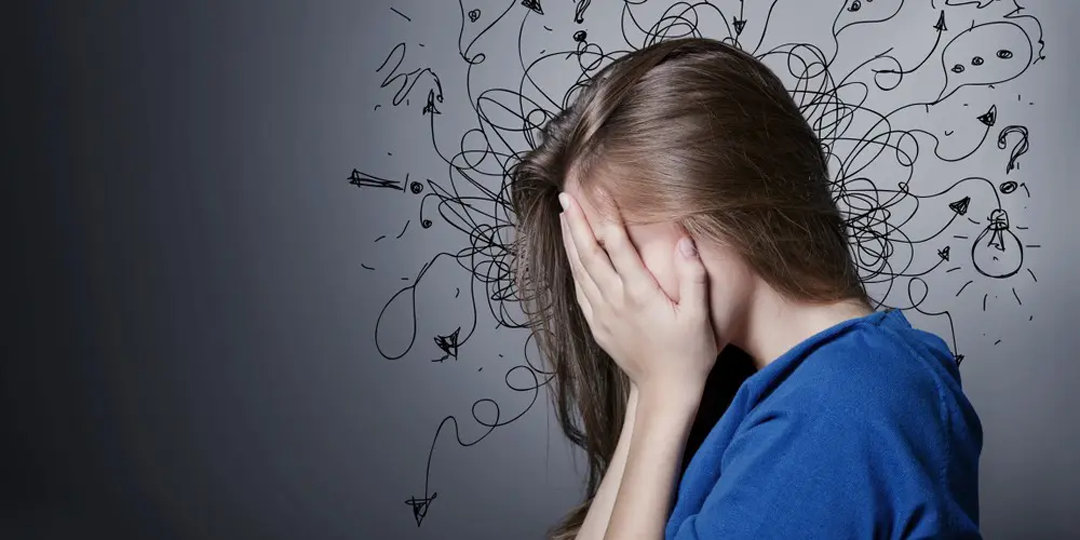Now more than ever, mental illness is at the forefront of public health discussions. Recent research has shown that mental illness is more common and serious than previously thought. Mental health disorders can be episodic or chronic. They can affect a person’s ability to relate to others and function every day.
Mental health disorders can affect people of any gender, age, gender, ethnicity, or socioeconomic group. Illness can range from mild to severe, and as with any illness, many factors can trigger it. People with mental disorders have difficulty coping with everyday life due to changes in thinking, mood, or behavior.
More than 50 percent of people will be diagnosed with a mental illness in their lifetime, according to the Centers for Disease Control and Prevention (CDC). Another data collected by CouponBirds shows that nearly 20 percent of the U.S. population, nearly 50 million people, have been diagnosed with a mental illness. In fact, there are plenty of mental health disorders around us, but some are more common than others.
Anxiety Disorders
Anxiety, the most common mental health disorder, affects about 40 million American adults. Nearly 30 percent of adults experience this disorder. Anxiety disorders usually begin in childhood, adolescence, or early adulthood.
Anxiety disorders cause people to experience painful and frequent fears and worries. We all have anxiety at some point in our lives. Many people may experience these feelings during a job interview or at a public speaking event. Anxiety attacks can last for six months or more at a time. “Anxiety” is a catch-all term that covers specific disorders, including generalized anxiety disorder, panic disorder, social anxiety, and other phobias based on anxiety.
 Sources of anxiety include anxious thoughts or beliefs that are difficult to control, uneasiness, difficulty in concentration, trouble falling asleep, fatigue, irritability, or unexplained pain. Different people may have different symptoms of anxiety than others.
Sources of anxiety include anxious thoughts or beliefs that are difficult to control, uneasiness, difficulty in concentration, trouble falling asleep, fatigue, irritability, or unexplained pain. Different people may have different symptoms of anxiety than others.
What natural remedies can be used to treat anxiety?
Lifestyle changes can be effective in alleviating the stress and anxiety you face every day. Most natural “cures” involve taking care of your body and engaging in healthy activities while eliminating unhealthy ones.
The natural remedies also include getting enough sleep, meditation, staying active and exercising, having a healthy diet, avoiding alcohol and caffeine, quitting smoking, etc.
If these lifestyle changes seem like a positive way to help you eliminate some of your anxiety, read up on how each one works and get more good ideas for treating anxiety.
Depression
Depression is one of the most misunderstood mental illnesses, affecting 18.5% of U.S. adults each year, according to estimates from trusted sources of data from the U.S. Centers for Disease Control and Prevention. Depression is classified as a mood disorder, which can be described as sadness, loss, or anger that interferes with a person’s daily activities.
Depression is insidious. It affects your mood and how you feel, think, and function. It diminishes feelings of happiness, cuts off connections, stifles creativity, and, worst of all, hopes. It can cause deep emotional pain not only to the sufferer but also to close family and friends.
Depression has a range of different symptoms and affects everyone differently. These include feeling very cry-prone, feeling hopeless and sad, and losing interest in things you used to enjoy. It’s also common for people with depression to have anxiety symptoms.
Depression can also have physical symptoms – tiredness, poor sleep quality, loss of libido, loss of appetite, and pain.
How to treat depression?
No matter how severe a person’s depression is, treatment should include learning new skills like problem-solving, making lifestyle changes like reducing stress, increasing exercise, and physical fitness, and avoiding alcohol or other drugs. If it’s moderate to severe depression, then there are two main treatments to consider, antidepressants and psychotherapy.
PTSD
Post-traumatic stress disorder (PTSD) is a mental health disorder that some people develop after experiencing or seeing a traumatic event. Traumatic events can be life-threatening, such as combat, natural disasters, car accidents, or sexual assaults. But sometimes circumstances don’t have to be dangerous. For example, the sudden, unexpected death of a loved one can also lead to PTSD.
PTSD is thought to affect 7-8% of the credible population, and women are more likely to be affected than men. Instead of feeling better, patients become more anxious and fearful over time. PTSD can disrupt a person’s life for years, but therapy can help them recover.
These are some common symptoms that you might recognize. Everyone’s experience is different, so you may experience some, none, or all of these things. The common symptoms include reliving aspects of what happened, alertness or feeling on edge, avoiding feelings or memories, difficult beliefs or feelings, etc.
How to treat PTSD?
Treatment usually involves trusted Source psychotherapy and counseling, medication, or a combination.
Positive coping is the key to recovery. It enables a person to accept the impact of the events they have experienced and to take action to improve their situation. Here are some ways to help people achieve this goal: understand post-traumatic stress disorder and persistent reactions are normal and that recovery takes time, being cured doesn’t necessarily mean forgetting, gradually becoming less troubled by symptoms, and having confidence in your ability to deal with bad memories are the goals of healing.
In addition to these three common mental illnesses, many people suffer from other mental illnesses, such as phobias, eating disorders, paranoia, schizophrenia, etc. If you have such a condition, don’t put too much pressure on yourself. You should learn to be familiar with the symptoms of mental illness, understand the relevant knowledge, and actively seek the help of doctors, for the corresponding treatment.

